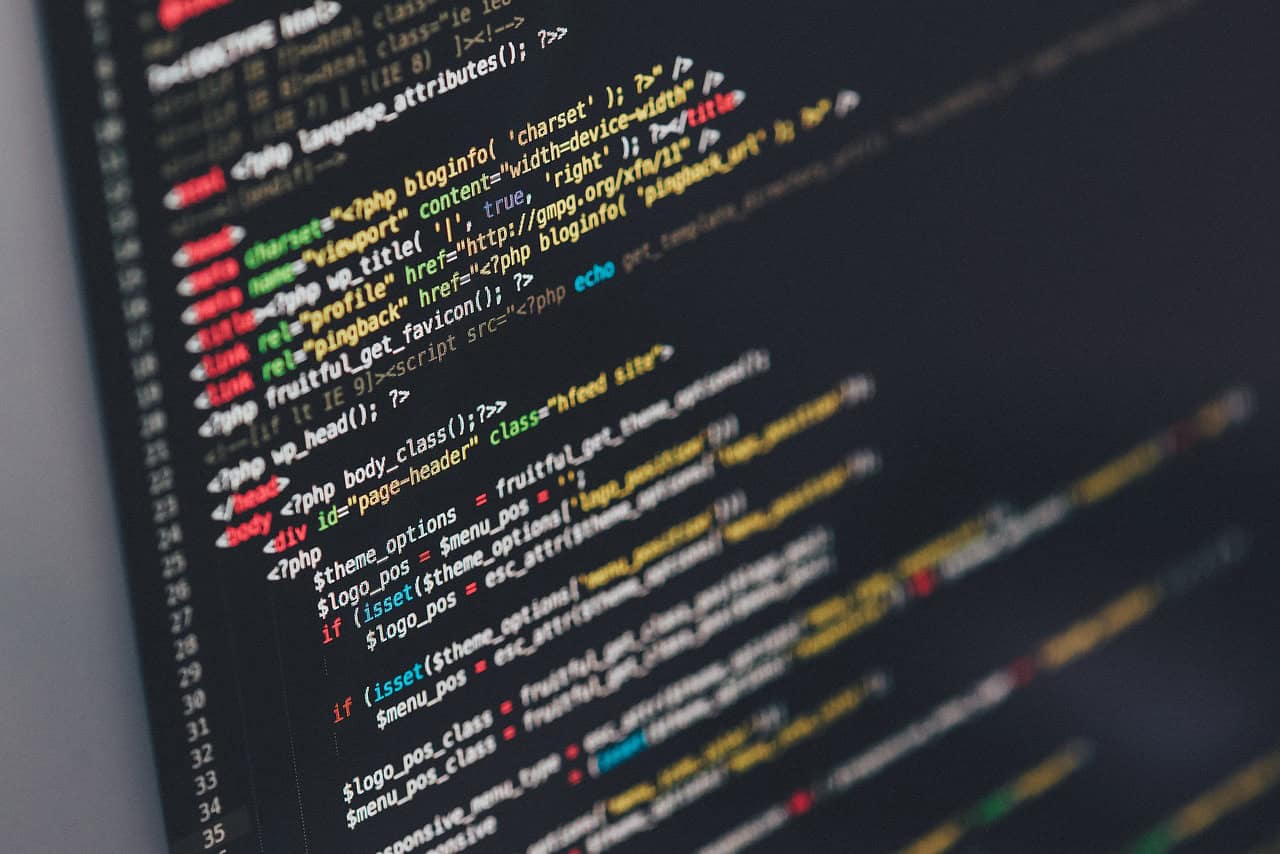Flask Python: The Micro Web Framework Empowering Developers
Estimated reading time: 5 minutes
- Lightweight and Flexible: Flask allows developers to create applications quickly without predefined structures.
- Extensibility: Numerous extensions are available for enhanced functionality.
- Community Support: An active community aids in troubleshooting and learning.
- Historical Significance: Developed as part of the Pocoo project, Flask has evolved into a top choice for web development.
- Real World Examples: Major applications like Pinterest and LinkedIn utilize Flask for their backend services.
Table of Contents
- What is Flask?
- Key Features of Flask
- The History of Flask
- Popularity and Adoption
- Notable Applications Using Flask
- Getting Started with Flask
- Practical Takeaways
- Conclusion
- Call to Action
- Disclaimer
What is Flask?
Flask is a micro web framework for Python that is minimalist in design, making it an ideal choice for web application development. Designed for flexibility and ease of use, Flask doesn’t impose a particular project structure or dependencies; rather, it provides the foundational components necessary to create a web application while allowing developers to customize their projects as they see fit.
Key Features of Flask
- Lightweight: One of the primary benefits of Flask is its lightweight nature. Developers can get started quickly without worrying about predefined structures or configurations.
- Flexible: Since Flask is unopinionated, developers can choose the tools and libraries that best fit their needs.
- Extensible: Flask provides extensive support for add-ons or extensions.
The History of Flask
Flask was conceived by Armin Ronacher as part of the Pocoo project, a collaborative effort among Python enthusiasts launched in 2004. Interestingly, Flask began as an April Fool’s joke but quickly gained traction and turned into a serious project. By 2016, the Pallets project took over Flask after the disbandment of Pocoo.
Popularity and Adoption
Over the years, Flask has garnered significant acclaim in the programming community. As of October 2023, it stands as the second most-starred Python web framework on GitHub, closely trailing behind Django. Additionally, it has consistently ranked among the top frameworks in the Python Developers Survey.
Notable Applications Using Flask
Flask’s versatility and scalability have allowed it to be employed in several high-profile applications. Notable examples include:
- Pinterest: The social network platform relies on Flask to efficiently manage its backend services while ensuring rapid scalability.
- LinkedIn: This professional networking site utilizes Flask for its ability to facilitate fast development and ease of integration with existing services.
Getting Started with Flask
Installation
Getting started with Flask is straightforward. Follow these steps to set up Flask for your project:
- Install Flask: You can install Flask using pip, Python’s package manager. Run the following command in your terminal:
- Create a Flask Instance: Start by importing the Flask object and creating an instance:
- Define Routes: Use the
@app.route()decorator to map a URL to a function that returns a response:
pip install Flask
from flask import Flask
app = Flask(__name__)
from flask import Flask
app = Flask(__name__)
@app.route("
")
def hello():
return "Hello, World!"
if __name__ == "__main__":
app.run()
Running this code locally will host a web server that displays “Hello, World!” when you visit http://127.0.0.1:5000/.
Documentation and Resources
Flask offers an extensive amount of resources to help developers, from beginners to advanced users. Here are some valuable resources:
- Flask Official Documentation for comprehensive guides, tutorials, and API references.
- GeeksforGeeks Flask Tutorial which provides step-by-step guidance.
- DigitalOcean Tutorial on building a web application from scratch using Flask.
Practical Takeaways
- Start Simple: Begin with a simple “Hello, World!” application for foundational knowledge.
- Explore Extensions: Enhance your application’s capabilities by diving into Flask extensions.
- Join the Community: Engage with the Flask community for support and shared knowledge.
Conclusion
Flask is a powerful tool in the Python web development arsenal, providing the flexibility and scalability needed to build applications of varying complexity. By understanding its core features and following the recommended steps, you can harness Flask to create robust web applications quickly.
Call to Action
Are you excited to start your Flask journey? Check out our other resources on web development with Python and dive deeper into the powerful world of programming.
Disclaimer
Always consult a professional before acting on the advice provided in this article. While we strive for accuracy and reliability, individual circumstances may vary and advice should be tailored accordingly.
